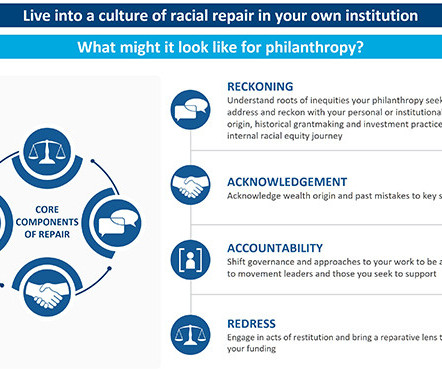Why Artisans Are Building an Alternative to Etsy
NonProfit Quarterly
FEBRUARY 14, 2024
Long before the rise of the platform economy, artisans were already regarded as self-employed and outside the protection of national labor laws. Many crafts, such as sewing and quilting, were considered “women’s work,” allocated as much value as doing the laundry.












Let's personalize your content